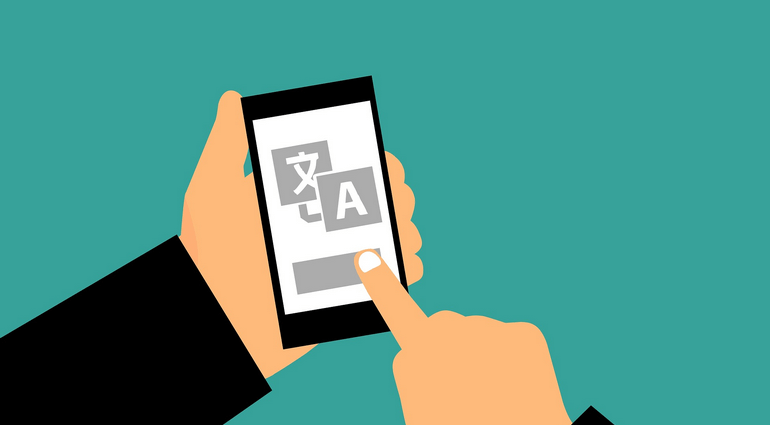Shopping, socializing, and most other online activities today have gone global in a real sense. More people than ever before now buy products from online stores, either not in their country or not having content in the native language. With more online things taking a globalized flavor, it would always be a mistake to stick to any one language and lose amazing prospects out there.
The best part, if your store provides all the product details, reviews, and other content in the native language, this can easily win over more customers without much investment. So, you should be ready to present the content in multi-language to broaden your business’s scale and reach. And when you plan to build a multilingual WordPress site, mistakes are the least you can afford for sure.
But since mistakes are part of the development game, it’s essential to know how to fix them and keep things on the right track. It is the only way to grow your online business in newer territories without any hiccup.
Here are some of the common mistakes that crop up when building a multilingual WordPress site.
1. Ignoring SEO When Translating the Website
Many multilingual WordPress websites are built daily without even considering SEO, which is a severe mistake by all accounts. Pages are not developed in a way to get indexed by search engines in their relevant language. It comes despite tons of translation plugins in WordPress, and most of them are free.
With little research, you can easily find some plugins that come with amazing capabilities for multilingual SEO. So, it would help if you never ignored this aspect else; your site’s performance in a search engine can get a severe beating for sure.
2. Going With Machine Translation
Many multilingual WordPress websites make the mistakes of getting their content translated through machines or via Google translate. It may not sound like a substantial technical kind of blunder, but its impact can linger on forever and can come to haunt for sure.
Even if the machine can produce quality in some cases, a native speaker might easily identify whether a machine or a human creates the content. And when you are spending that much, machine translation is something you can avoid and take a substantial step towards performing well with native people.
3. Poor Placement of the Language Change Button
It’s quite common to see multilingual WordPress websites with the poor placement of a language change button. And when that mistake happens, visitors are often unable to find the button, and they leave the site immediately, which adds to the bounce rate.
The right strategy is to either have the button in the top right corner of the page or on the top left corner of the site, depending on whether it’s for LTR or RTL language. The priority should always be to let readers easily know that their language is available, and they can benefit from it easily.
4. Not Informing Search Engines About the Translated Page
Google does not like duplicate content, and when it finds websites with them, it instantly downgrades their rankings. Since you’re going to use the same content for all languages, this might give search engines duplicate content assumptions if your developers did not bother to take the right measures.
Strangely, many multilingual sites fall prey to this and fail to inform Google about their translated pages when, in fact, developers can do with minimal effort and by applying the hreflang attribute. You can also this tactic to optimize your site for SEO and get desired results.
5. Keeping the Navigation Too Complicated
Search engines often fail to understand the structure of a site whose navigation is too complicated. And when that happens, all your search engine prospects can go away more easily than you would imagine.
This mostly happens when the main sites have their 301 or other redirects (from the 300 series) to the other language sites to make the task difficult for Google. Such issues are quite small in complexity, and your developers can handle them or fix them without much sweat for sure.
6. Having the Wrong Date Format
You would not believe how many multilingual WordPress sites botch up their efforts by having the wrong date format. This problem arises not from lack of knowledge but from the negligence to understand how date formats work in different parts of the world. Since they are different in Europe and the USA, you got to know it before tweaking it for the relevant market.
You can always rely on proven WordPress development services India and hope to fix all the issues that might prevent your multilingual WordPress site from achieving its true potential in the market. Know more about Common WordPress Mistakes and how to avoid them.
Author Bio
Praveen Singh is a writer and blogger and a professional interested in sharing interesting ideas with the world. His blogs give a peek into things that aim to inform, enrich, and entertain the readers. He loves sharing views on anything that provides value to the readers and helps broaden their horizons.
WPBN is curated news aggregator website focusing on trending and hot news from the WordPress community.

